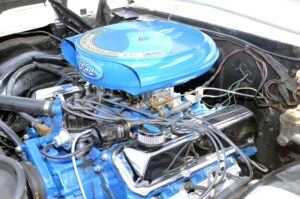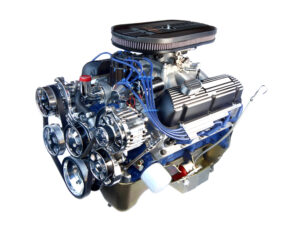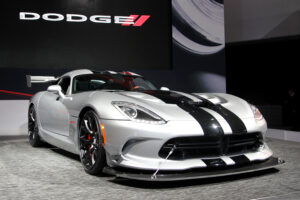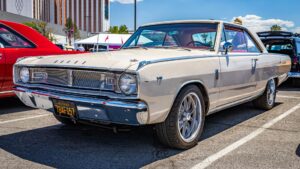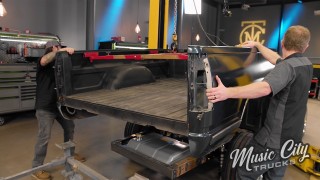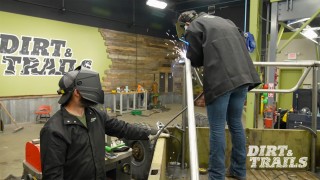Why The Saturn Brand Was Euthanized
“A different kind of company, a different kind of car.” That was Saturn’s slogan.
The original S-Series was the bee’s knees when they first started rolling off the assembly line in 1990 out of Spring Hill, Tennessee. The car was well-built and economical, and even the plastic body panels on the car were known for not denting or scratching.
While GM was the name behind it, Saturn was basically an independent company with everything developed in-house. The brand shared nothing in common with the GM cars that were being produced at the same time.
For four-cylinder cars, they ran okay. As time went on, they started to become more cheaply made, Scotty Kilmer says in his YouTube video of “Here’s Why Saturn Stopped Making Cars.” Owners of the four-cylinder with a manual transmission loved the cars. Although, those with automatics would probably soon realize that these electronic computer-controlled transmissions were $3500+ to rebuild since it was no easy task. That’s a lot of money nowadays. Probably felt like getting punched in the gut back then to hear that number to fix your Saturn.
Working on expanding out, Saturn started purchasing Honda V6 engines for certain models. Honda wanted GM to use their specific Honda coolant for these V6 engines, but GM didn’t want to switch from Dex-Cool. After that, Honda decided not to sell the engines to GM anymore. Saturn decided to create its own V6 engines which apparently weren’t very good, as Scotty Kilmer refers to them as “crappy.”
Saturn’s S-Series remained the star of the Saturn brand even after releasing certain models such as the Vue SUV, and the L-series for larger sedans and wagons. The S-Series ran strong with three different body styles offered – a wagon, a coupe, and a sedan.
Then 2004 rolled around, and it was a dark time for the Saturn S-Series that had been in production from 1990-2002. Its replacement would be the new Saturn Ion for the 2003 model year. Saturn even came out with a sporty Saturn Ion Redline, but that still wasn’t enough to keep interest. While those would likely argue that it was a good car, the Ion shared many parts with other GM cars. In fact, it’s platform would go on to carry the Chevy Cobalt and Pontiac G5. The Ion went from 2003-2007 but it wasn’t as popular as the S-Series and before long, it was killed off, too.
A limited number of Saturns from 1997-2000 were exported to Japan, but it just wasn’t taking off over there. Only 602 units were sold over the course of the Saturn’s first year in Japan (April 1997 to December 1997). The interior was also lackluster according to them. Also, Japan was still in the midst of a recession called the “bubble economy” that started in the 1980s so the timing of Saturn’s arrival may have been ill-fated.
While the Saturn brand was still trucking along, it seemed as if GM just slapped the Saturn badges on a few things and called it a day. The 2005 Saturn Relay was basically a Chevrolet Uplander minivan. The Saturn Outlook and GMC Acadia were exactly the same. Even the plastic parts weren’t Saturn’s signature plastic body panels anymore. Another model they came out with the sporty two-seat Saturn sky but it was also a carbon copy of the Pontiac Solstice.
It was in 2010 when things went way south for Saturn. The stock market crashed and that forced GM to make decisions and drop some brands. Saturn and Pontiac both took the brunt of it and were both discontinued. Although, Penske Automotive was in a deal to buy the Saturn brand. Eventually, that deal fell through and Saturn became dead in the water.
The 2010 models such as the AURA, Outlook, Sky, and Vue would only be sold to rental companies. Sales of new Saturn vehicles ended in 2009.
